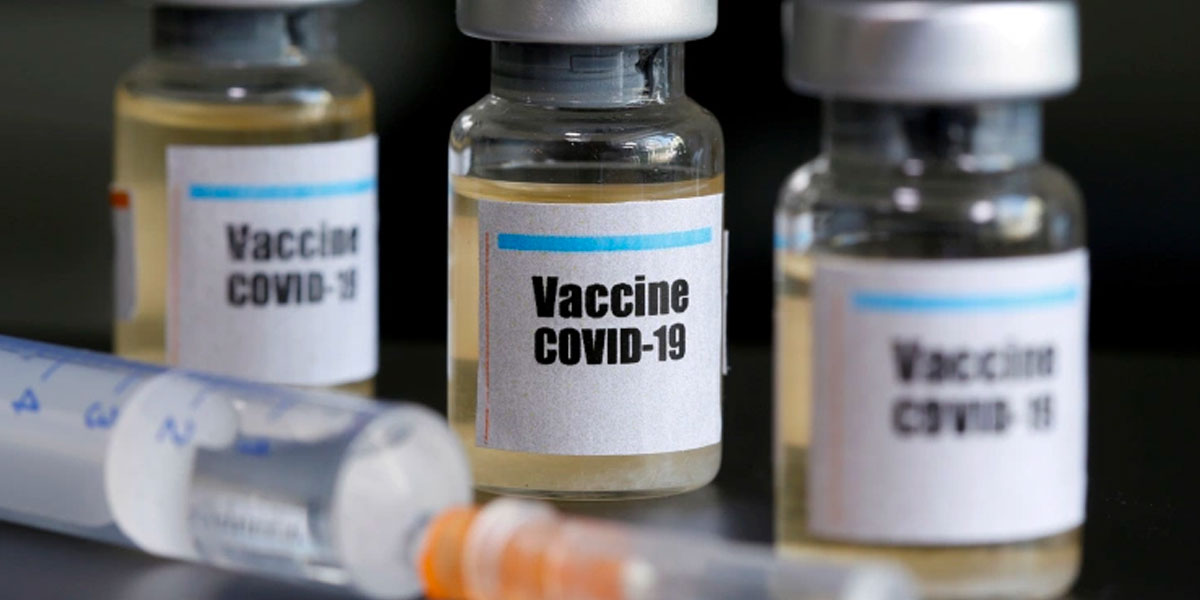
This is Part 1 of a two-part article examining the changes that we need in our domestic and international trade secret disclosure and use practices TODAY to assure that effective treatments and vaccines to combat the deadly COVID-19 pandemic are available as a practical matter to all patients who need them. In this first part, I will discuss the changes that I believe we need to make to current patent disclosure obligations to shore up what promises to be an ineffective and socially unjust supply chain for COVID-19 vaccines and treatments. In the second part, which will appear next week, I discuss the critical need to permit limited compulsory disclosure and use of trade secrets related to the production and delivery of effective COVID-19 vaccines as the final necessary element to overcome deadly international and domestic distributional inequality.
As the global drive to uncover an effective vaccine for COVID-19 kicks into high gear, there is a palpable fear that regardless of when such vaccine is discovered, tested and approved for marketing, it will not reach the millions who need it. Worse, it will not be readily accessible to those who are most at risk of dying from COVID-19. Unfortunately, current events do not bode well for removing inequalities in the domestic and international drug distribution system that presently interfere with such critical access.
First Buyer Advantage and Distributional Inequalities
The United States has already paid billions of dollars for first access to COVID-19 treatments and vaccines. For example, in June 2020, it entered into an agreement with Gilead Sciences under which the United States purchased 500,000 treatment courses through September 2020 for Remdesivir. This agreement appeared to allocate approximately 90% of anticipated US production of the drug to the US Government.
The international reaction universally condemned this “first buyer advantage” as monopolizing existing global supplies for Remdesivir. But prior to the US agreement, in May 2020, Gilead had already announced a voluntary licensing program for non-US entities for the production and distribution of the drug outside the United States. Those agreements were not impacted by the US purchase agreement. Consequently, by early July 2020 Indian companies were already producing and distributing Remdesivir.
The US, like other developed countries, continues to purchase vaccine distribution rights at a dizzying pace. The terms of many of these US agreements, and sometimes even the parties or subject innovation, however, have not been revealed publicly. What we do know is that none of the vaccines for which the US has secured dosage rights has yet to complete trials to prove their effectiveness so we may still have time to correct distributional imbalances caused by these agreements, if we act quickly.
Equalizing Vaccine Distribution
There is irrefutable evidence in the United States of higher morbidity rates from COVID-19 based on the age, race, ethnic and socio-economic status of the patient. But the distribution of resources has not reflected the greater need of those individuals. Instead, it has demonstrated that distributional inequality largely tracks present social inequality. For example, in the first month of the US-Gilead agreement, AmerisourceBergen, the sole authorized US distributor for Remdesivir, provided doses to hospitals that had no present need for the drug, while those hospitals who had an urgent need received none.
There is little reason to think that present social inequality and the distributional inequality it has created will suddenly disappear when vaccines become available. In order to promptly correct what are already glaring inequalities in both present and planned future access to COVID-19 treatments and vaccines, we need to ensure the rapid production of those treatments. Such rapid production will increase physical availability of the vaccine which, in turn, will enhance efforts at achieving equality of access. But such rapid production can only occur if those producing and delivering the drugs have access to critical trade secrets, including cell lines, in a timely manner to assure their prompt integration into production and delivery processes. Unless the drug in question can be readily and quickly reverse engineered, including its related production and delivery information, such access requires a two-step process: (1) disclosure of optimal production and delivery methods as part of required patent disclosures, and (2) mandatory disclosure and limited use rights for those trade secrets that form a critical component of effective production and delivery systems.
The Patent Disclosure “Game”
Even the voluntary license offered by Gilead grants licensees the right to receive “a technology transfer of the Gilead manufacturing process for Remdesivir to enable them to scale up production more quickly.” While the inclusion of technology is laudatory, on a matter this critical, we should not rely solely on the voluntary largess of for-profit drug companies to ensure the domestic and global availability of COVID-19 vaccines on a socially just, non-discriminatory, basis. We need to be certain that a broad range of reputable drug companies, including legitimate generic and biosimilar drug producers, have access to necessary production information before patent exclusivities end, either through invalidation, expiration of the patent term or a compulsory license. The best first step in assuring such access is by changing the rules of the patent disclosure game.
Trade secrets have always played an integral role in the patenting of vaccines and other medicines. They are a critical first step in protecting innovation research prior to discovery of the critical features that make an innovation patentable- newness, inventive step and industrial application. Trade secrets also represent needed practical application knowledge – show-how, know-how, best formulations, most effective ingredients and dosages, best production processes, materials and techniques and the like- for a drug. Where patent applicants are allowed to hold back from disclosure critical trade secret information related to the use of the covered invention, the benefits of compulsory licenses to practice those inventions in an emergency are severely, if not fatally, reduced.
The inability of patents to provide critical information to practice the disclosed invention is not a new development. In the early 20th Century German chemical companies, such as I.G. Farben, received dozens of US patents for diverse chemicals which it used as part of a patent strategy to build a powerful global chemicals cartel. Yet when World War I broke out and US companies tried to practice the disclosed inventions, they discovered that critical information had been left out of the patents.
We may be facing an analogous situation when it comes to global access to the necessary information for using patented COVID-19 treatments. Given the nature of the disease, cell lines form a critical part of most R&D, production and/or delivery systems. The first step to securing such needed information is to require the disclosure of the identity of these cell lines, and other critical production and delivery secrets, through a harmonized best mode disclosure obligation as part of the patent application and grant process.
Revitalizing Best Mode Disclosure Obligations
Since 1952, US patent law has required all inventors to disclose “the best mode contemplated by the inventor of carrying out his invention” in Section 112. (The US has expressly required “best mode” disclosure as early as 1870 but under Section 26 of the 1870 Patent Act, it had limited such disclosure to “machines.”)
Neither TRIPS Article 29, Article 5 of the Patent Cooperation Treaty (PCT) nor Article 78 of the European Patent Convention require applicants to disclose the best mode. TRIPS Article 29, however, makes such mandatory disclosure a permissible alternative. Rule 5 of the PCT Regulations effectively achieves the same result. Although it requires that the applicant disclose “at least the best mode contemplated by the applicant for carrying out the invention claimed,” this requirement is eliminated “for countries that have no such domestic requirement.” Instead, the “description of any mode whether it is the best contemplated or not” is sufficient to meet any such obligation.
Despite the permissive nature of best mode requirements, there are numerous countries other than the United States that have adopted a “best mode,” “preferred mode” or “optimal method” disclosure obligation. These include Canada, Australia, China and India. In the absence of any harmonized standard regarding the obligation however, the laws necessarily establish differing degrees of disclosure. For example, Section 104(b) of Indian patent law requires disclosure of the best method of performing the invention which is known to the applicant “for which he is entitled to claim protection.” By contrast, the current version of Section 112 of U.S. patent law limits disclosure to what the inventor or joint inventor knew at the time of application. Current Chinese patent law does not specify disclosure of a best mode but Rule 17 of the Implementing regulations requires the applicant “describe[e] in detail the optimally selected mode contemplated by the applicant for carrying out the invention.”
Despite these differences, I believe a disclosure obligation regarding the best mode for practicing that invention known by the applicant (and not just the inventor) would serve a critical role in assuring greater practical access to inventions. Such disclosure would prevent the gamesmanship that currently occurs as applicants pick and choose which items to disclose and which items to hold back for a second “new use” or “improvement” patent. It would assure that the public get the full benefit of the applicant’s inventiveness including the subjective determination of what is the best or optimal mode for practicing the invention at the time the application is filed. Isn’t that the purpose of the trade-off between a 20-year virtual monopoly and the public disclosure requirements to qualify for such a lengthy term of exclusivity? Why should half a disclosure of the elements needed to effectively practice the protected innovation be deemed sufficient to secure such a strong monopoly?
The arguments against such disclosure basically involve the threat posed that inventors would avoid the public disclosures required to secure patent protection. Instead, they would turn to trade secrets to protect their innovations, removing even the limited disclosure benefits of the current patent system. Trade secret protection, however, is only useful if the product itself cannot be readily reverse engineered. Furthermore, as I describe in Part II of this article, a limited mandatory disclosure and use provision for certain production-related trade secrets would reduce the utility of this patent opt-out choice.
To secure the effective disclosure of these best practices, however, penalties for failing to make the mandatory disclosure must be imposed. Those penalties should include not only rejection of the application, but also cancellation and invalidation of any improvidently granted patents. Although the United States used to allow for such cancellation and invalidation, in 2012, US law was changed to remove this option. Section 282 now expressly provides that “failure to disclose the best mode shall not be a basis on which any claim of a patent may be canceled or held invalid or otherwise unenforceable.” This lack of penalties basically eliminates the power of the best mode requirement to assure that inventions can be effectively practiced upon expiration of patent protection. What can be described as an unfortunate policy choice for most inventions becomes a deadly one for pharmaceutical patents.
Despite the utility of a harmonized best mode disclosure in encouraging more rapid entry by legitimate generic and biosimilar competitors who would actually be enabled to practice the invention on the date of expiry of the patent term, I do not believe such change will be readily achievable. It certainly might not be achieved in time to solve the pressing problem of socially just access to COVID-19 vaccines. But it is a change that should be on everyone’s “to do” list. Without access to the often-complementary knowledge the holder of the patent has in connection with the practice of an invention, we may well end up with the same problem the US experienced a century ago – patents granted that could only be practiced effectively by the patent holder. When people’s lives are at risk, there is no reason to just cross our fingers and hope it won’t happen again.



